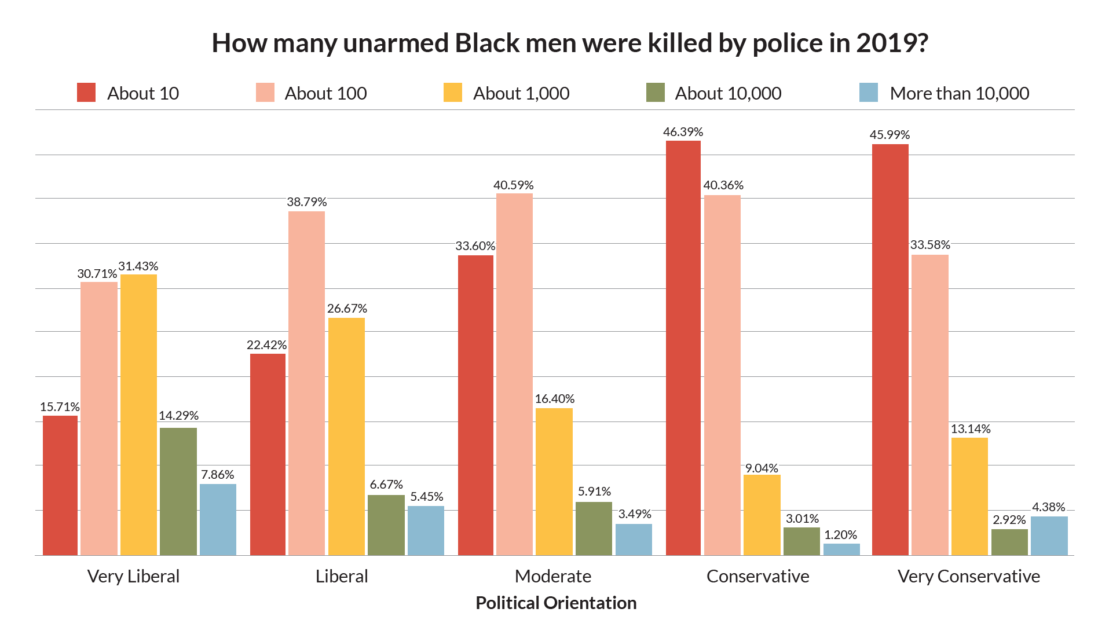Economic growth, stability, civil liberties, and low crime rates are generally accepted metrics for evaluating the health of societies. On the last-named score, the history of crime in the United States may appear brutal and sordid—as it often is where a major empire arises—but can also appear profoundly encouraging. Consider, for example, the most serious and least under-reported crime: homicide.
As seen in Figure 1, created by sociologist Claude Fischer,1 we are living in one of the most peaceful periods in modern American history. It sounds unbelievable, I know.
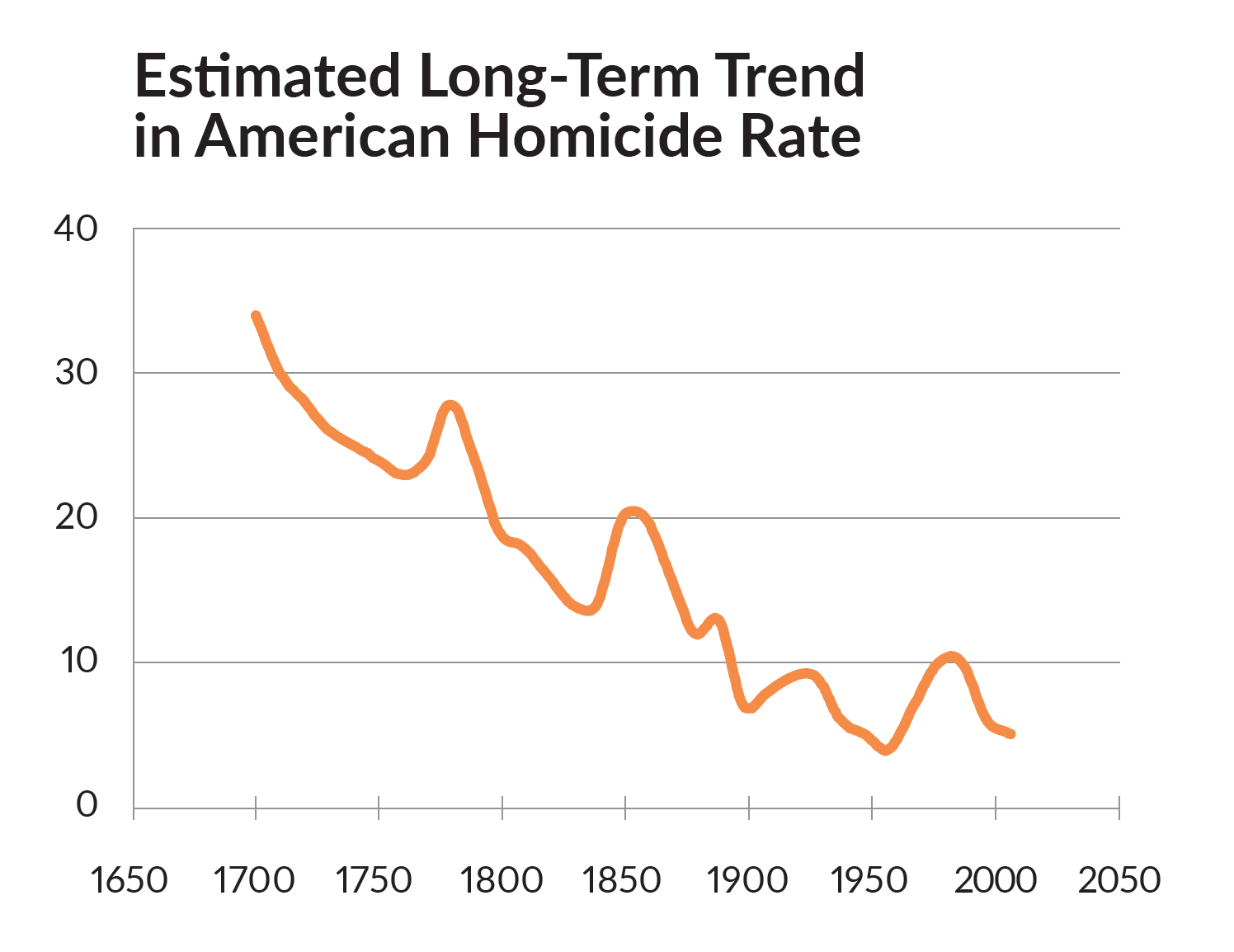
Figure 1. Homicides per 100,000 people
Although this graph does not show the slight uptick in homicides since around 2015, as noted in official FBI statistics,2 homicide remains historically low. Some crimes, such as arson and various property crimes, spiked substantially during the 2020 summer riots but have since leveled off and remain at historically low levels. Why has crime declined over time? There are many factors at play.3
One factor is so significant and so obvious that it always bears mentioning: over 40 percent of people in the United States lived in extreme poverty in the 1820s; compared to fewer than five percent today.4 This statistic gets worse the further back in time we go; plausibly 95 percent of people were impoverished in most of the cities and nation-states of history.5 With poverty comes worry, anxiety, frustration, and fears of a foreshortened future. The increase in the standard of living long enjoyed by the West, and increasingly all around the world, is probably the single most significant factor responsible for historically declining rates of crime.
This is all good news, but… “What about the pandemic of police brutality against African Americans, as in the tragic murders of George Floyd, Breonna Taylor, and so many others? Isn’t that the real issue?” Indeed, police reform should always be on the agenda in any society concerned with civil liberties. However, a big reason activists can so easily list off various names of unarmed people shot by police is because that list is much shorter than they probably realize.
Breonna Taylor, for example, was the only unarmed Black woman shot by police in 2020.6 In total, 18 unarmed Black Americans were shot by police in 2020, eight in 2021, and four so far in 2022 as of July.7 This means that vastly fewer than one percent of unarmed Black Americans in encounters with police are killed.
There is another unhelpful, though prominent, confusion worth clarifying. Actual violent crime rates are proportionally higher among Black Americans than among White Americans, a likely consequence of their relatively higher rates of poverty, residential instability, and single-parent families, all wellknown predictors of community violence. As a result, police have proportionally more encounters with and receive more calls for service from Black Americans. This accounts for most if not all the differences in Black relative to White arrest rates.8, 9
Unfortunately, these data have not stopped various well-publicized activists from asserting that innocent Black men are routinely “hunted” in the streets by police.10 The strategy of activists is always to catastrophize—the more you’re convinced hundreds, thousands, maybe millions, of lives are on the line and that the future of survival and decency hinges on this moment, the more likely you are to be lured into tacit support of the defund the police movement, along with the broader BLM, CRT, and antiracism movements. Even formerly prestigious magazines such as Science now regard police-violence data as acceptable only if it fits an activist narrative.11 This is precisely the opposite of what empathetic and responsible scientists should want.
It is often the miseducated college graduate of whatever ethnicity who is sure police should be abolished. And when police are defunded, it is a mom in St. Louis, again regardless of race, who would prefer to maintain police funding and seek incremental reform where it is sensible to do so, who will now have to sleep with one eye open and windows shut. The belief that police should be defunded and defenestrated is a “luxury belief”12 espoused by many who live in low-crime areas and take for granted a life so safe and sheltered that defunding public safety seems sensible.
In 2020, Anondah Saide and I conducted a Skeptic Research Center study drawn from a large representative sample of Americans to measure peoples’ estimates of the number of unarmed Black men shot by police in 2019. We found that strongly-identified political liberals overestimated the actual number to an incredible degree—many were wrong by over an order of magnitude (see Figure 2). When looking at it, remember that the actual number of unarmed Black men killed by police is around 10 in any given year.
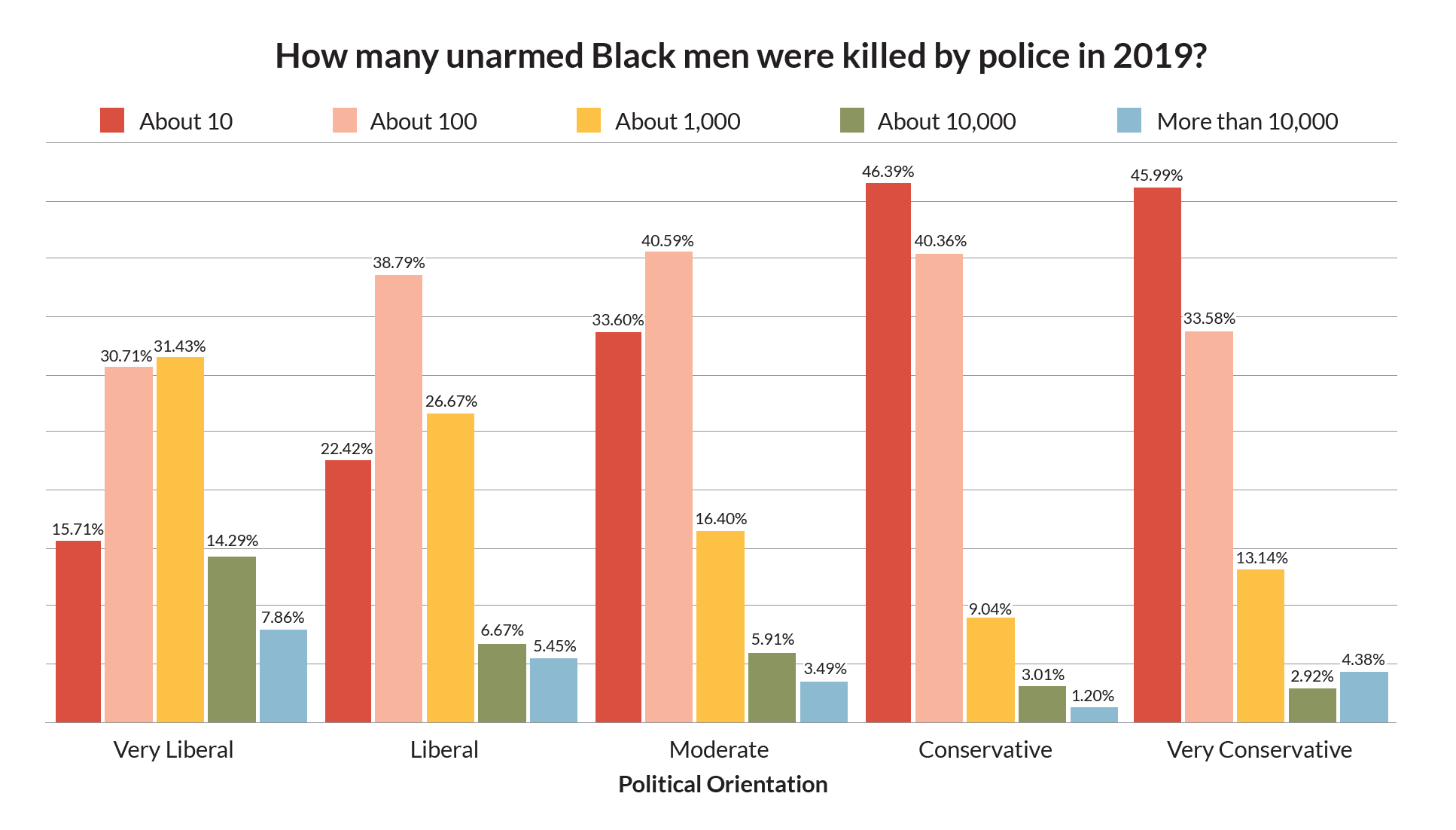
Figure 2. Data Source: Skeptic Research Center, 2021. CUPES007. How Informed Are Americans About Race and Policing?
The same is true for liberals’ estimates of the proportion of people killed by police who are Black. About 25 percent of all people shot by police are Black in any given year. However, “very liberal” Americans estimate that number to be over 60 percent (see Figure 3).
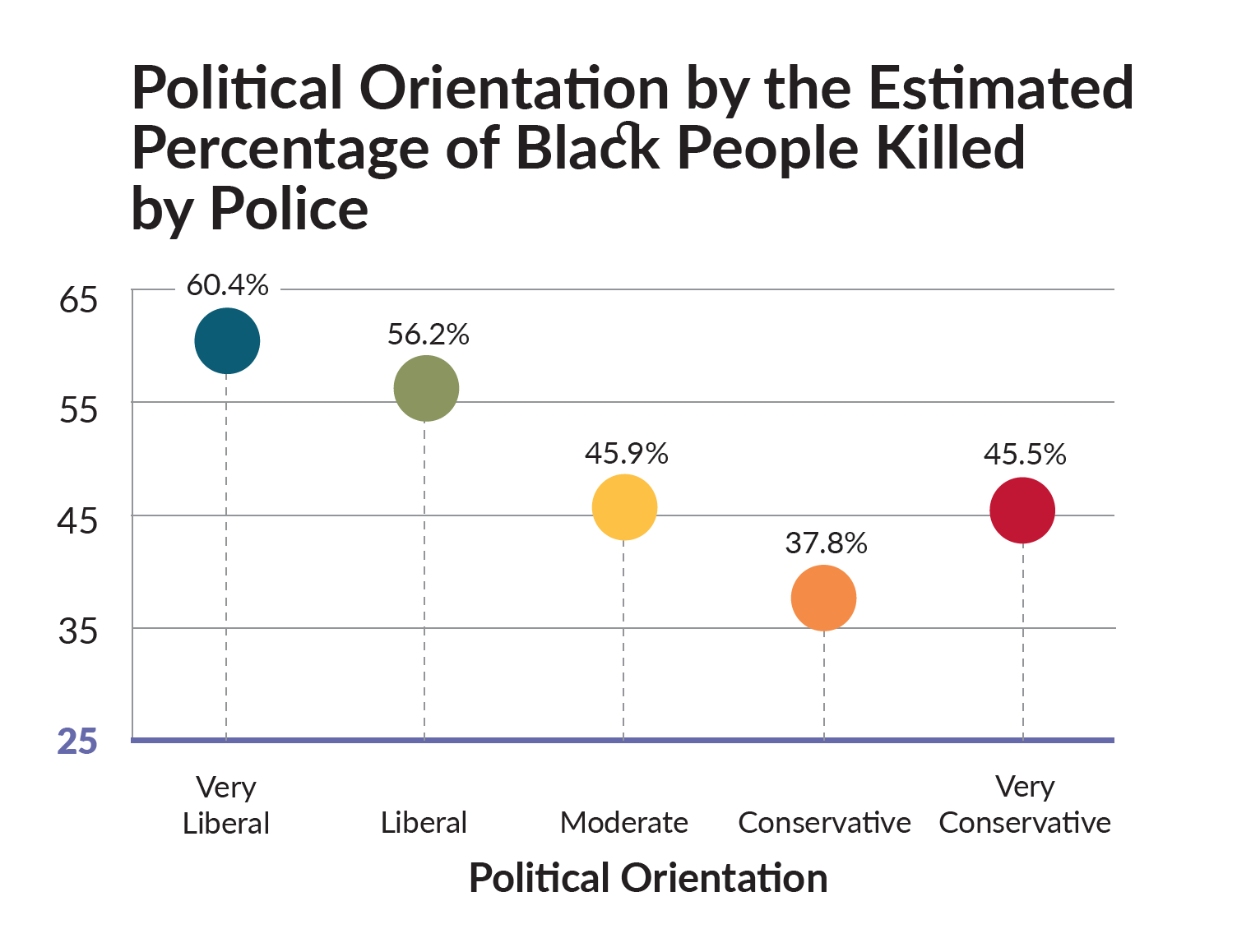
Figure 3. According to the Washington Post Database for 2019, about 25% of all people shot by police were Black.
We also found that trust in news media was an important correlate of ignorance of the data on police shootings and race (see Figure 4). Perhaps most troubling of all, we discovered that the perception that police brutality is worsening was largely associated with ignorance of the actual data (see Figure 5). The latter finding makes police reform not only difficult but impossible, since reforming any organization requires understanding what that organization actually is and what it actually does.
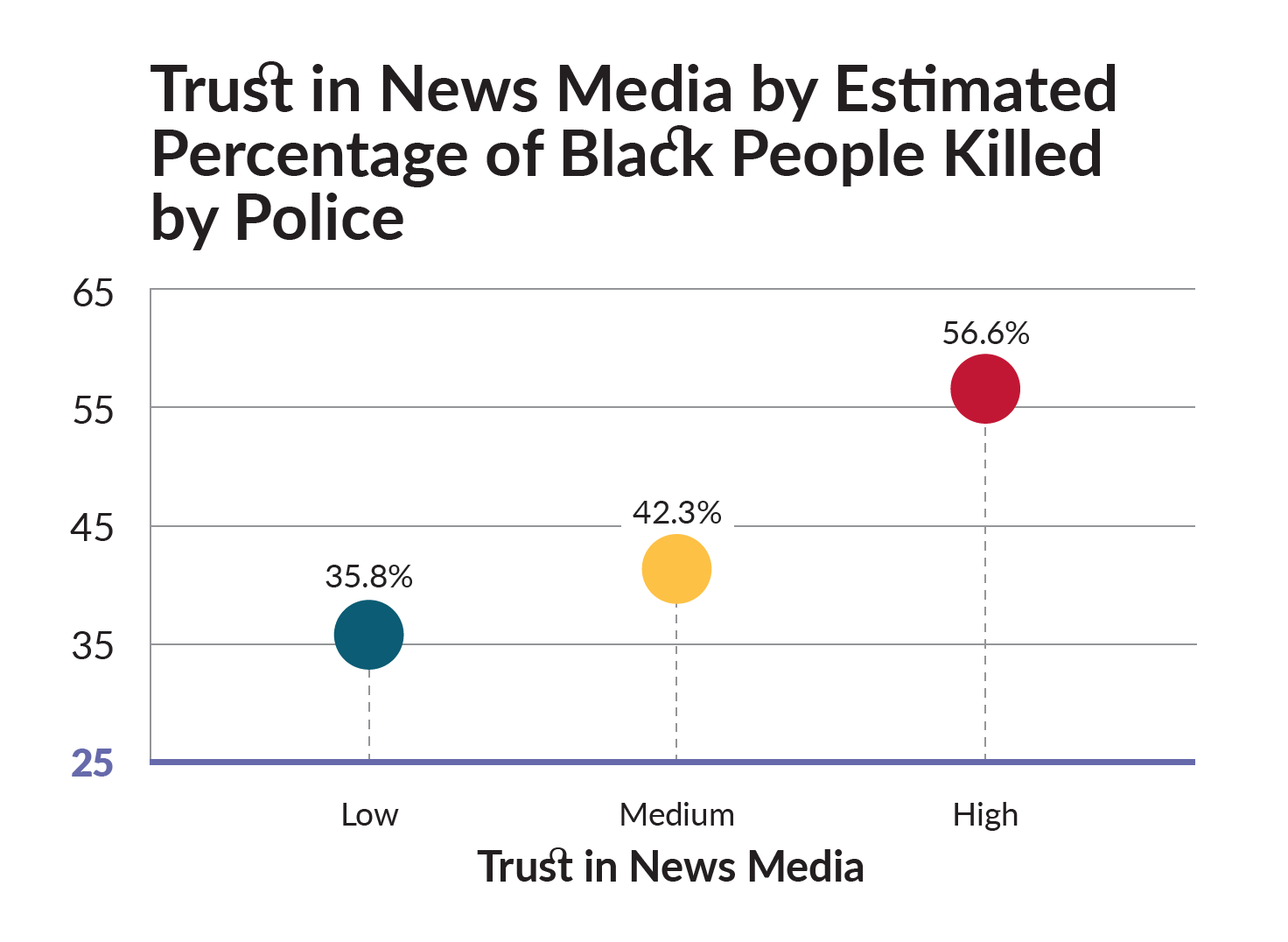
Figure 4. The actual percentage is about 25%.
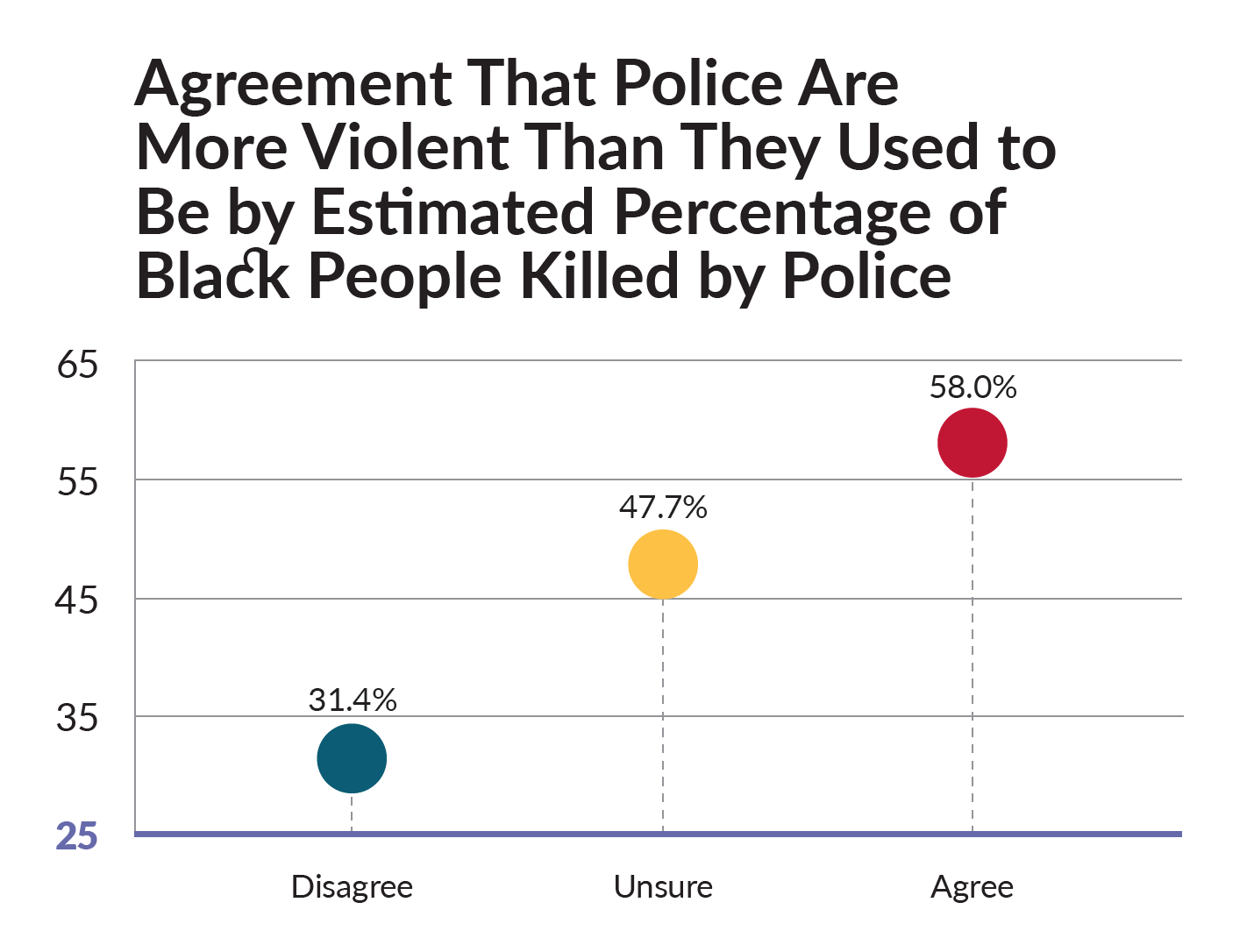
Figure 5. The actual percentage is about 25%.
Everyone should be concerned about the observed association between trust in news media, empirical ignorance, and confidence about the pervasiveness and severity of racism and police brutality. One might assume that college-educated people would be well informed considering our results indicated that greater levels of formal education are associated with greater trust in news media. However, political commitment appears to sometimes override the salutary effects of education. Activism and luxury beliefs have compromised various fields of social science,13 and, more importantly, they can threaten peoples’ basic access to public safety.
The real problem is that this isn’t only about policing; it is about the general integrity and healthy functioning of all our institutions. Some activists and intellectuals, on the basis of ignorance or confusion, have gone so far as to demand we “smash,” “dismantle,” or “abolish,” this or that existing core social institution. It is, therefore, a requirement of the skeptical ethic to not automatically take journalists and academics at their word, but rather— and primarily— call for data, analysis, and evidence.

This article appeared in Skeptic magazine 27.3
Buy print edition
Buy digital edition
Subscribe to print edition
Subscribe to digital edition
Download our app
The Washington Post, for example, is one of several websites that now maintains a public and easily accessible database of police shootings. While the gloss of the site can be somewhat slanted and misleading, the data are the data. Before accepting cries to dismantle policing and legal institutions, look at the actual numbers. This issue will eventually affect everyone, regardless of any demographic classification. The more police departments lose funding, the harder it will be for them to recruit high-quality officers who understand the importance and art of good community policing.
Relative to the 335 million population of the United States, police are unjustly and unlawfully killing— thank goodness—a relatively small few. Reality matters, evidence matters. And true institutional reform can only be implemented by individuals who, frankly, know what is true from what is anguished rhetoric. ![]()
About the Author
Kevin McCaffree has a PhD in sociology from the University of California, Riverside. He is an assistant professor at the University of North Texas and co-directs the Worldview Foundations Research Team.
References
- https://bit.ly/3oexImU
- https://pewrsr.ch/3aMsWtZ
- Pinker, S. (2012). The Better Angels of Our Nature: Why Violence Has Declined. Penguin Books.
- https://bit.ly/2FvAe3E
- Lenski, G. (2015). Ecological-Evolutionary Theory: Principles and Applications. Routledge.
- https://wapo.st/3aPISvn
- Ibid.
- https://bit.ly/3RMOOpG
- https://bit.ly/3OhtHJ1
- https://n.pr/3yM0xMq
- https://bit.ly/3ocBOfh
- https://bit.ly/2KQFek0
- https://bit.ly/3B1BZSh
This article was published on November 29, 2022.







